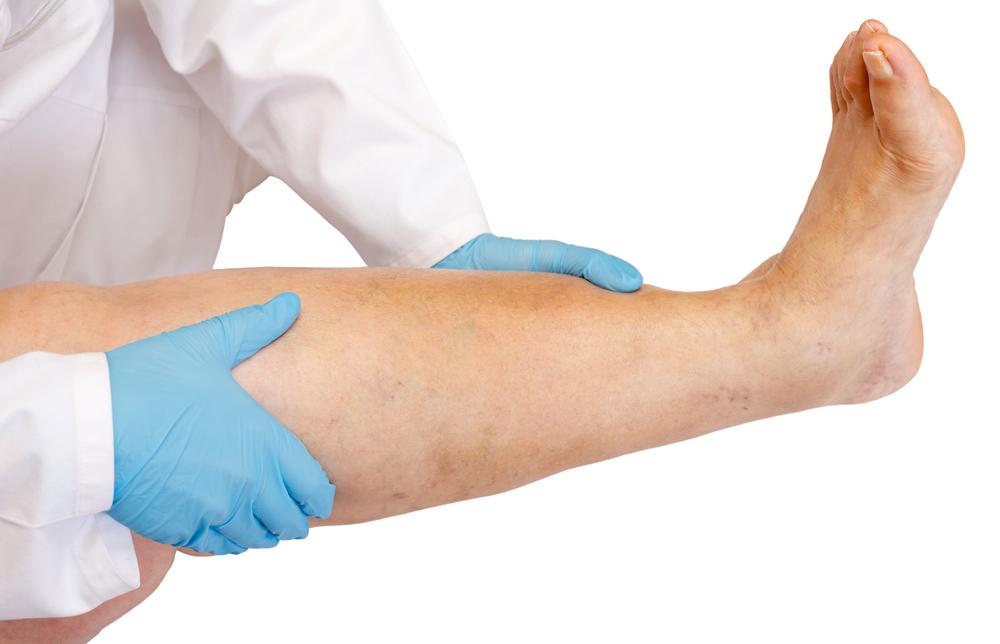Understanding Deep Vein Thrombosis: Signs, Diagnosis, and Management
Deep Vein Thrombosis (DVT) is a serious condition involving blood clots in deep veins, typically in the legs or pelvis. Recognizing symptoms early, undergoing proper diagnosis, and seeking appropriate treatment such as anticoagulants are crucial to prevent life-threatening complications. Lifestyle modifications, including exercise and healthy eating, play a significant role in prevention. This comprehensive guide highlights risk factors, symptoms, home remedies, diagnostic procedures, and advanced treatment options available at top medical facilities to effectively manage DVT.

Overview of Deep Vein Thrombosis: Symptoms, Detection, and Treatment
Deep Vein Thrombosis (DVT) involves the formation of a blood clot within deep veins, often in the legs or pelvis. This condition is potentially life-threatening if not treated promptly. While DVT can occur throughout the body, it most frequently affects the thigh or groin area. Early detection and proper management are essential to prevent complications such as pulmonary embolism.
Who is at Elevated Risk?
Individuals with a history of heart attack or stroke are more prone to blood clots compared to those without cardiovascular issues.
Excess body weight can increase estrogen levels, promoting clot formation.
Pregnant women face higher risks, a leading cause of maternal mortality.
Smoking and drug use contribute to risk factors.
People over 60 are more vulnerable.
Having a family history raises concern.
Lack of movement and prolonged sitting can lead to DVT.
Common Symptoms of DVT
Symptoms vary but commonly include:
Discoloration—pale, reddish, or bluish skin over the affected area
Swelling of the leg or limb
Severe, unexplained pain in the foot, ankle, or arm
Tenderness or soreness in the leg
Noticeable bulging veins
Home Remedies and Preventive Measures
Cayenne Pepper: Contains capsaicin, which promotes healthy blood flow.
Garlic: Enhances circulation and reduces clotting risk.
Ginger: Helps break down fibrin, preventing clot development.
Vitamin E-Rich Foods: Include nuts, seeds, spinach, and peppers for improved blood circulation.
Cinnamon: Contains anticoagulant properties that keep blood thin and flowing smoothly.
Diagnosis of DVT
Your doctor will assess your symptoms and perform physical examinations focused on tenderness, swelling, and discoloration. Diagnostic tests such as ultrasound, blood tests, venography, CT scans, or MRI may be necessary to confirm DVT. Proper diagnosis is critical for effective treatment.
Medical Treatment Options
Anticoagulants: Blood thinners like Apixaban, Rivaroxaban, Warfarin, and others prevent new clots from forming without thinning the blood directly.
Clot Dissolving Medications: Thrombolytics are reserved for severe cases to break down existing clots but carry bleeding risks.
Filter Placement: Inferior vena cava filters prevent clots from reaching the lungs.
Compression Stockings: Help reduce swelling and improve blood flow.
Trusted Medical Facilities for DVT Treatment
Rehabilitation Hospital of Denton
Presbyterian Hospital of Denton
Ubh Denton
UT Southwestern/Clements University Hospital
University General Hospital Dallas
Denton Regional Medical Center
Walnut Hill Medical Center
Medstar Georgetown University Hospital
Medstar National Rehabilitation Hospital
Medstar Washington Hospital Center
Providence Hospital
Psychiatric Institute of Washington
Zale Lipshy University Hospital
If symptoms are present, seek medical advice promptly. Lifestyle changes, including regular exercise to promote circulation, can prevent DVT. Slow blood flow increases clot risk, making movement crucial for cardiovascular health.










